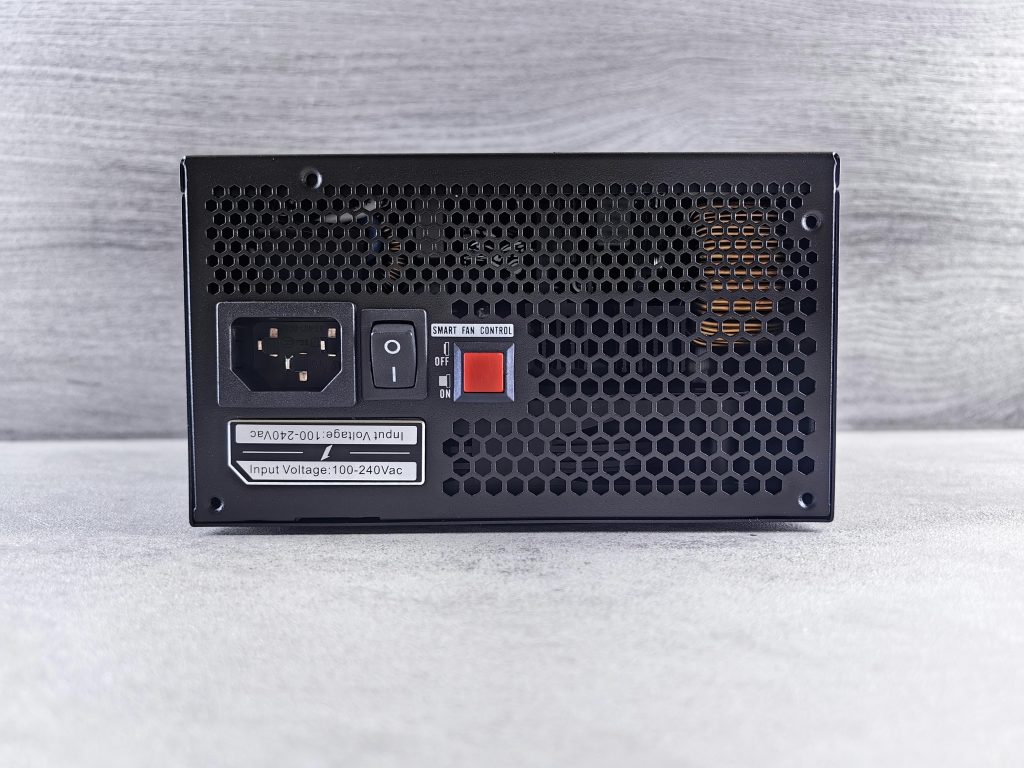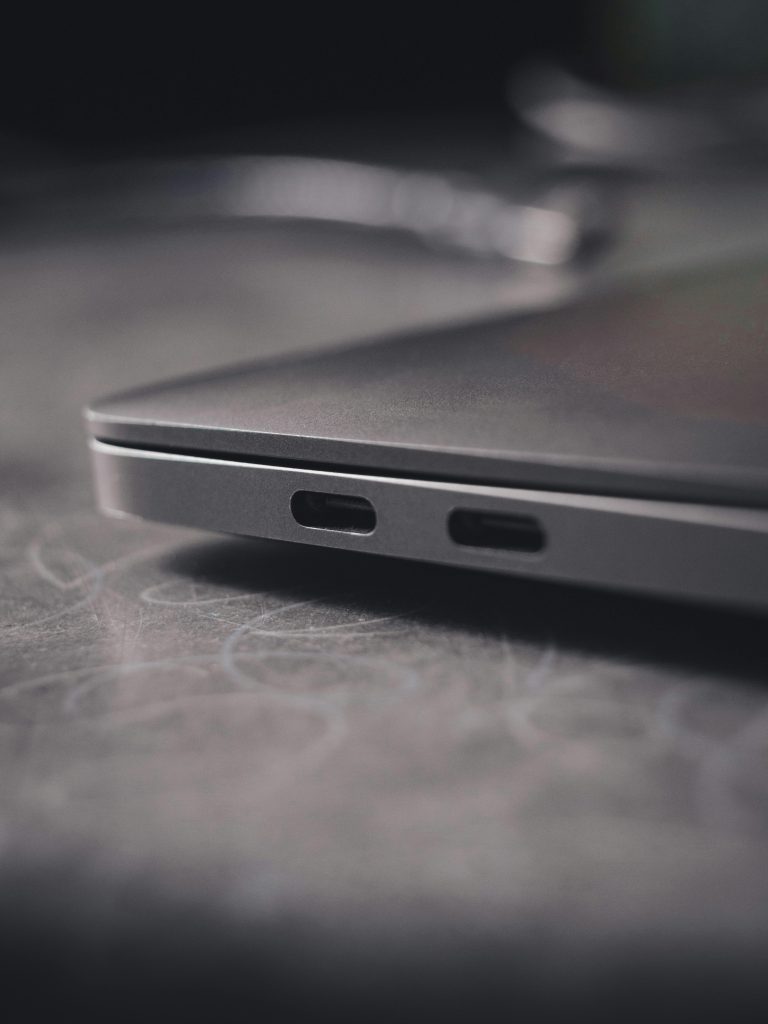Troubleshooting BSODs During Windows Installation: Resolving Netwtw08.sys and Netwtw10.sys Errors
Introduction
Encountering Blue Screen of Death (BSOD) errors during the Windows installation process can be challenging, especially when they occur consistently at specific points. In this article, we delve into a real-world scenario where a user attempts to install Windows on a friend’s PC but faces repeated BSODs linked to network driver files: Netwtw08.sys and Netwtw10.sys. We’ll explore the underlying causes, diagnostic steps, and potential solutions to ensure a successful Windows installation and a stable system.
Scenario Overview
The user’s goal was to install a fresh version of Windows—either Windows 10 or Windows 11—on a PC that previously experienced network-related issues. The installation process would begin normally but would halt and present a BSOD at approximately 33% progress. The error codes pointed toward network driver files (Netwtw08.sys and Netwtw10.sys), suggesting driver-related conflicts during the installation process.
Key Details:
-
The user attempted installation with both Windows 10 and Windows 11 ISOs.
-
The SSD was fully formatted and partitioned before each attempt.
-
Prior issues with the motherboard’s onboard Wi-Fi (Intel Wireless-AC 9560) indicated possible hardware or driver conflicts.
-
An additional third-party network card (likely a TP-Link device) was installed, with driver modifications such as disabling non-functioning components.
Objectives
The user aimed to:
-
Achieve a fully operational Windows environment on the PC.
-
Resolve the underlying cause of previous network driver issues.
The Priority: a Stable System
The immediate priority was to ensure that Windows could be installed and run reliably. Cloning a known-good Windows installation was considered as a temporary or alternative solution, but the core issue of driver conflicts needed addressing to prevent recurrent BSODs.
Troubleshooting Steps and Recommendations
-
Verify Hardware Compatibility and Stability
-
Check Hardware Components: Confirm that the network adapter (Intel Wireless-AC 9560) and any additional network cards are properly seated and functioning.
-
Update BIOS: Ensure the motherboard BIOS is updated to the latest version. Sometimes, BIOS updates improve hardware compatibility and stability, especially concerning integrated Wi-Fi modules.
-
Remove or Disable Potential Conflicting Hardware
-
Remove the Onboard Wi-Fi: Temporarily disable or physically disconnect the onboard Intel Wi-Fi module during installation to prevent driver conflicts.
Share this content:


